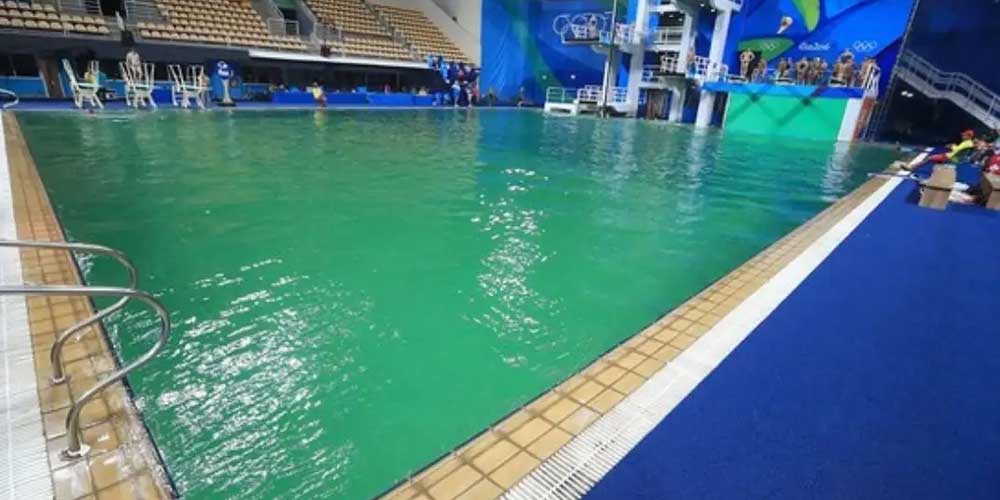Shock treatment is a useful treament for removing combined chlorine and organic contaminants in swimming pool water.
Usually chlorine is used for shock treatment, therefore some users regard shock as the same thing as chlorine. However, non-chlorine shock is also available and has its unique advantages.
First, let’s take a look at chlorine shock:
When chlorine smell of the pool water is very strong or bacteria / algae appear in the pool water even if many chlorine is added, it is necessary to shock with chlorine.
Add 10-20 mg/L chlorine to swimming pool, therefore, 850 to 1700 g of calcium hypochlorite (70% of available chlorine content) or 1070 to 2040 g of SDIC 56 for 60 m3 of pool water. When calcium hypochlorite is employed, first completely dissolve it in 10 to 20 kg of water and then let it stand by for an hour or two. After settlement of insoluble matter, add the upper clear solution into the pool.
The specific dosage is depended on the combined chlorine level and the concentration of organic contaminents.
Keep the pump running so that chlorine could be evenly distributed in the pool water
Now organic contaminants will be converted to combind chlorine first. In this step, the chlorine smell is getting stronger. Next, combined chlorine was oxided by high level free chlorine. The chlorine smell will disappear suddenly in this step. If strong chlorine smell disappear, it means that the shock treatment successes and no extra chlorine is needed. If you test the water, you will find rapid decrease of both the residual chlorine level and the combined chlorine level.
Chlorine shock also effectively remove annoying yellow algae and black algae that sticked on pool walls. Algicides are helpless against them.
Note 1: Check the chlorine level and ensure the chlorine level lower than the upper limit before swimming.
Note 2: Do not process chlorine shock in biguanide pools. This will make a mess in the pool and the pool water will turn into green like vegetable soup.
Now, considering non-chlorine shock:
Non-chlorine shock usually employed potassium peroxymonosulfate (KMPS) or hydrogen dioxide. Sodium percarbonate is also available, but we do not recommend it because it raises the pH and the total alkalinity of pool water.
KMPS is a white acidic granule. When KMPS is employed, it should be dissloved in water first.
The regular dosage is 10-15 mg/L for KMPS and 10 mg/L for hydrogen dioxide (27% content). The specific dosage is depended on the combined chlorine level and the concentration of organic contaminents.
Keep the pump running so that KMPS or hydrogen dioxide could be evenly distributed in the pool water. Chlorine smell will disappear within minutes.
Do not like chlorine shock, you can use the pool after just 15-30 minutes. However, for a chlorine / bromine swimming pool, please raise the residual chlorine / bromine level to the correct level before use; for a non-chlorine pool, we recommend a longer waiting time.
An important note: Non-chlorine shock cannot effectively remove algae.
Non-chlorine shock is characterized by high cost (if KMPS is employed) or storage risk of chemicals (if hydrogen dioxide is employed). But it has these unique advantages:
* No chlorine smell
* Quick and convenient
Which one should you choose?
When algae growing, use chlorine shock without a doubt.
For a biguanide pool, use non-chlorine shock, of course.
If it is just a problem of combined chlorine, which shock treatment to use depends on your preference or chemicals you have in your pocket.
Post time: Apr-24-2024

